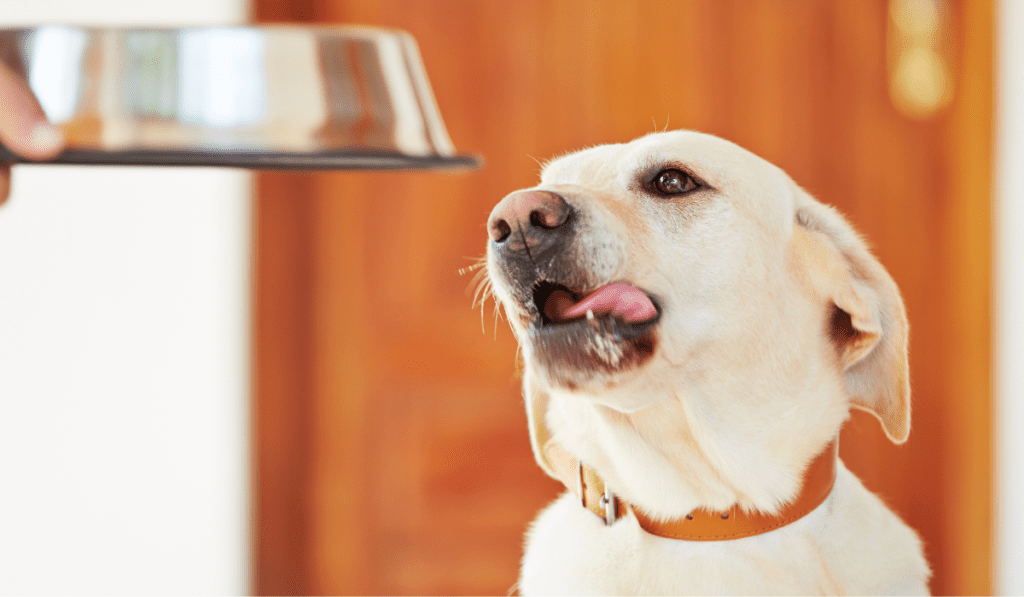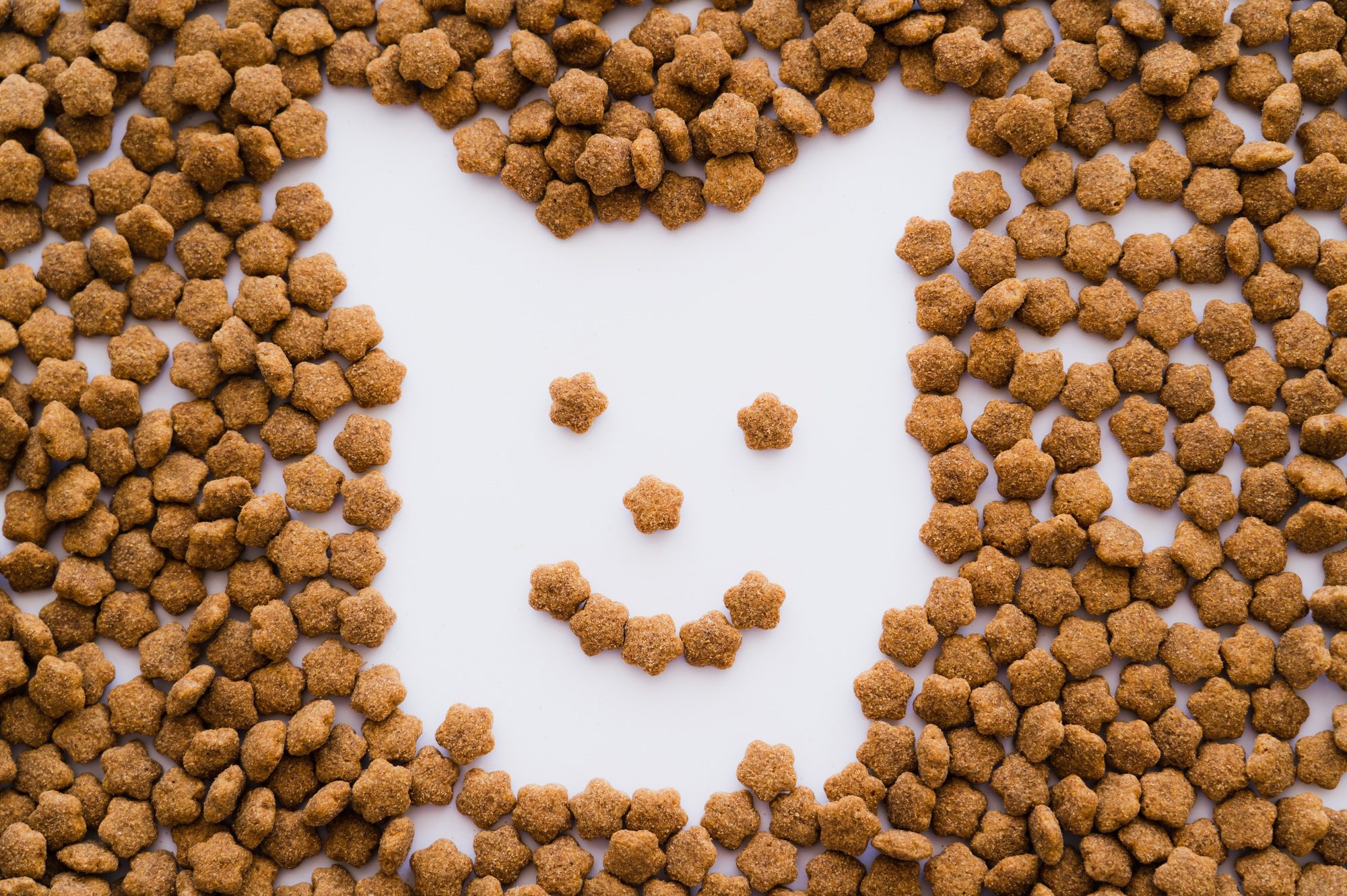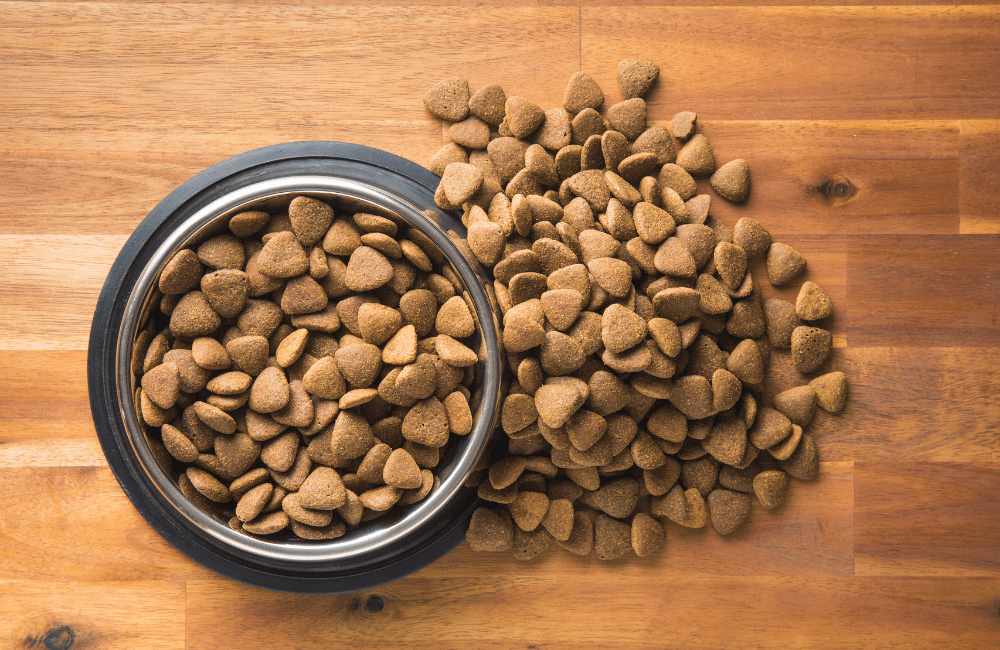Introduction:
When it comes to choosing the right food for our beloved pets, palatability plays a crucial role. Just like humans, animals have taste preferences, and their willingness to eat and enjoy their meals directly affects their overall health and well-being. That’s where pet food palatability enhancers come into the picture. In this article, we’ll delve into the world of pet food palatability enhancers, exploring their benefits and how they can contribute to your furry friend’s dining experience.

Understanding Pet Food Palatability Enhancers:
Pet food palatability enhancers are ingredients or additives specifically designed to make pet food more appealing to animals. These enhancers aim to improve the taste, aroma, and texture of pet food, enticing pets to eagerly consume their meals.
Types of Pet Food Palatability Enhancers:
a) Natural Flavorings: Extracts from real meat, poultry, or fish, such as chicken or salmon, can be used to enhance the flavor of pet food. These natural flavors mimic the taste of fresh ingredients, making the food more appetizing for pets.
b) Hydrolyzed Proteins: These proteins are broken down into smaller components, making them easier to digest and intensifying their taste. Hydrolyzed proteins are often derived from high-quality sources like chicken, beef, or fish.
c) Aromatic Ingredients: Certain herbs, spices, or plant extracts, such as rosemary or ginger, can enhance the aroma and flavor of pet food, making it more enticing for pets.
d) Texture Enhancers: Some enhancers are designed to improve the texture of pet food, providing a more satisfying chewing experience. This can be achieved by incorporating crunchy kibbles, tender meat chunks, or chewy treats.
Benefits of Pet Food Palatability Enhancers:
a) Increased Appetite: By enhancing the taste and aroma of pet food, palatability enhancers can help stimulate your pet’s appetite, ensuring they consume a balanced and nutritious diet.
b) Improved Digestibility: Many palatability enhancers, such as hydrolyzed proteins, can enhance the digestibility of pet food. This can be particularly beneficial for pets with sensitive stomachs or dietary restrictions.
c) Encourages Picky Eaters: For pets who are selective or finicky about their food, palatability enhancers can entice them to try new flavors and textures, expanding their dietary options.
d) Enhanced Nutrient Intake: When pets enjoy their meals, they are more likely to consume a wider variety of nutrients, leading to overall better nutrition and improved health.
Choosing Pet Food with Palatability Enhancers:
When selecting pet food, look for reputable brands that prioritize palatability and quality ingredients. Read the labels to identify the presence of natural flavorings, hydrolyzed proteins, or other palatability enhancers. Additionally, consider your pet’s specific needs, such as any dietary restrictions or allergies, and consult with your veterinarian for personalized recommendations.
Conclusion:
Pet food palatability enhancers play a crucial role in improving the dining experience for our furry companions. By enhancing the taste, aroma, and texture of pet food, these additives can increase appetite, improve digestion, and contribute to overall better nutrition. When selecting pet food, opt for reputable brands that incorporate high-quality palatability enhancers, ensuring your pet enjoys every meal while receiving the necessary nutrients for a happy and healthy life.













